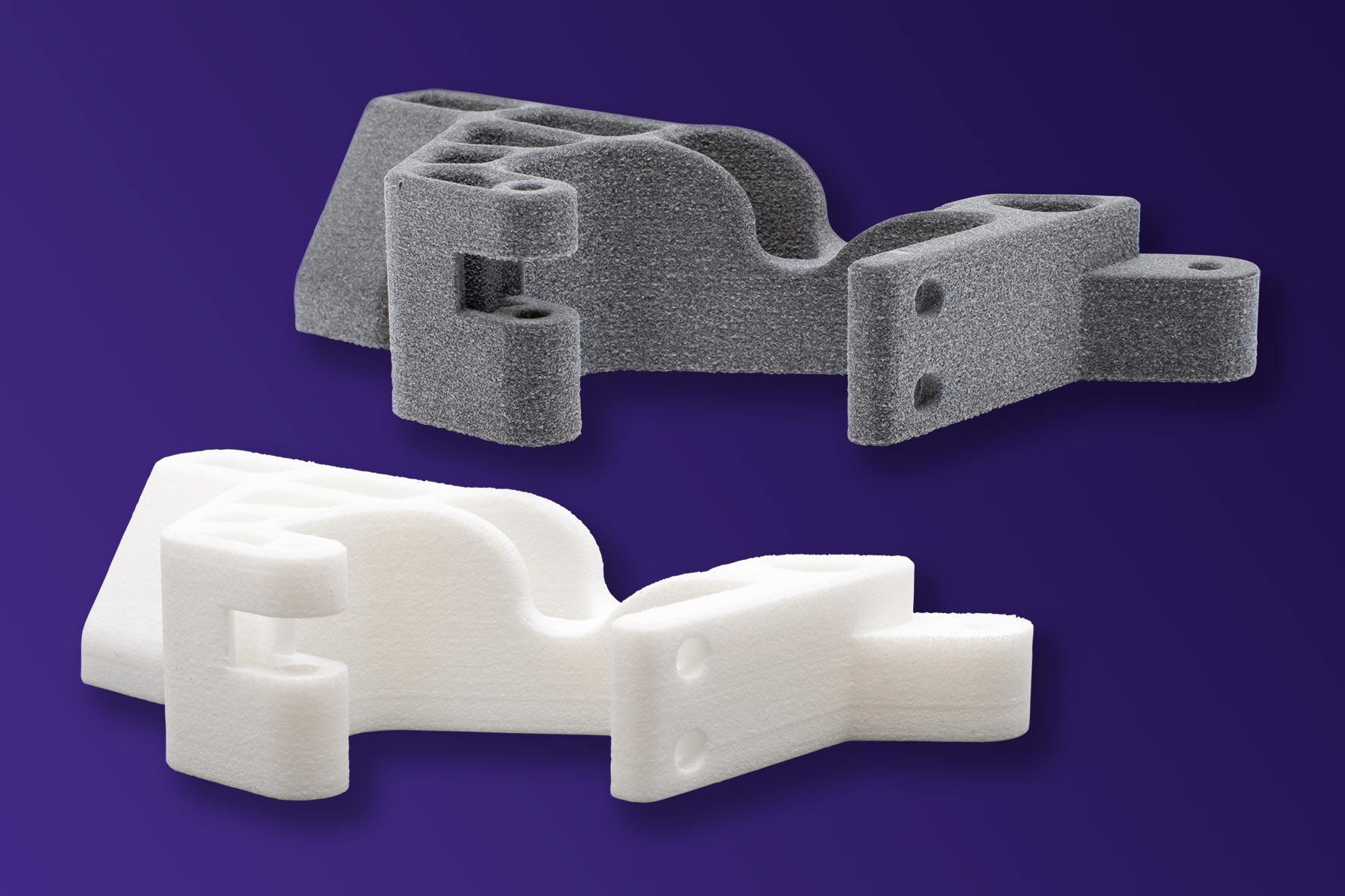What is the chemical difference between the polyamides PA12 and PA11?
The two polymers PA 11 and PA 12 are chemically very similar. The difference lies in the number of carbon atoms in the polymer backbone. PA11 has eleven of them, as the name suggests, and PA12 has twelve. The different number of atoms is the reason for the different properties. Moreover, PA12 is a chemically produced material, whereas PA11 is a bioplastic polyamide powder obtained from renewable castor oil (vegetable oil).
Do you still have questions about the application of these plastics?
If, despite the description, you still have questions about which material is more suitable, please contact one of our Solution Partners, we will be happy to advise you.
PS: The new material wizard on the platform is available to help you select the right material based on properties!
Your Jellypipe



